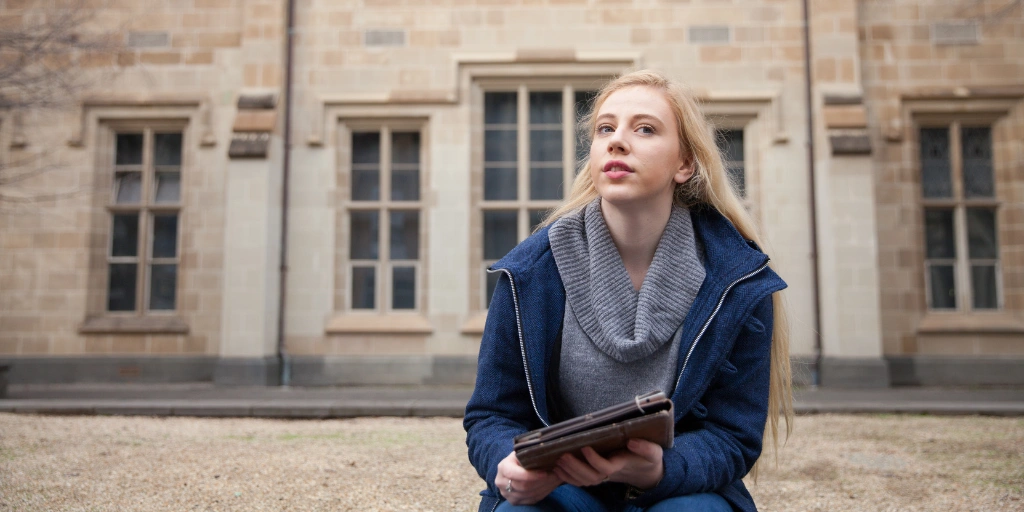The college admissions process can be full of surprises. And for some students, landing on a university’s waitlist is one of them. It’s not quite a rejection, but it’s not an acceptance either. It’s a “maybe.” University waitlists play a key role in admissions. They give colleges the flexibility to round out their incoming classes after initial decisions are made.
In this article, we’ll break down why schools use waitlists, how the process works, and what it means for students. Whether you’re the one on a waitlist or helping someone who’s on it, understanding the process can help make the next steps clearer.
Why Do Universities Use Waitlists?
Universities rely on waitlists to stay flexible. Admissions have to assemble a class that meets academic, demographic, and financial goals. Colleges have limited spots and plenty of qualified applicants. Waitlists give them a way to adapt if things don’t go as planned.
Here are some key reasons why schools use waitlists:
Balancing Diversity: Waitlists help schools adjust the mix of students. This is necessary to reflect geographic, gender, or cultural diversity goals. For example, they might add students from underrepresented regions. They might also balance enrollment in male- or female-dominated programs.
Strengthening Academic Programs: Some schools use waitlists to fill spots in programs that don’t have enough students. They could bring in more engineering majors or fill seats in specialized art programs.
Meeting Financial Needs: Colleges often admit a mix of students who can pay full tuition and those who need financial aid. Waitlists give them a chance to adjust this balance based on their budget.
Supporting Deferred Applicants: Waitlists sometimes include students who deferred admission from a previous year. The purpose is to ensure those commitments are honored without straining the current class size.
Meeting Enrollment Goals and Yield Targets
A university’s yield rate plays a big role in shaping its class and reputation. Yield rate means the percentage of admitted students who accept the admission offer. A strong yield means the school can hit enrollment goals with fewer uncertainties. Waitlists are a key tool for managing this.
Here’s how waitlists contribute:
Filling Gaps: If fewer admitted students enroll than expected, schools turn to the waitlist to fill the remaining spots. This ensures the class size stays on target.
Maintaining Yield Rates: Waitlists allow colleges to extend offers only to students who show strong interest. This strategy helps protect yield rates, which can impact college rankings and prestige.
Staying Financially Stable: A well-managed waitlist supports the school’s budget. It provides a financial cushion to balance aid-dependent students with full-pay applicants.
For less selective schools, the waitlist often acts as a safety net. If the first round of offers doesn’t fill all the seats, schools use the waitlist to ensure full enrollment. At selective schools, it’s also about maintaining competitiveness and shaping an ideal class.

What Are the Chances of Getting Off the Waitlist?
It’s also important to mention that not all schools accept students from their waitlists. Very competitive colleges, in particular, may accept few—if any—students from the waitlist in a given year. Admissions are determined by how many students who were accepted do not enroll, and occasionally schools fill their class without having to go to the waitlist. Waitlist students must research previous waitlist patterns for the school they’ve applied to know their actual admissions chances.
Waitlist acceptance rates vary widely from school to school. At some very selective schools, the waitlist admit rate can range as low as 1-5%. Others, less selective schools, may admit a greater percentage of their waitlist. Referring back to past statistics from an admissions office or third-party websites can give you a better indication of your chances. Knowing these trends can assist you in making a knowledgeable choice regarding whether or not to stay on the waitlist or commit to a different school.
Advice for Waitlisted Students
Getting waitlisted can feel like an emotional tug-of-war. It’s not a “no,” but it’s not a guarantee either. The uncertainty can be tough, but there are steps you can take to boost your chances or feel more at ease with the process.
Here’s what to do if you find yourself on a waitlist:
Express Continued Interest: Many schools allow waitlisted students to submit a letter of continued interest (LOCI). This is your chance to reaffirm your commitment to attending if admitted. Highlight any new accomplishments to strengthen your application.
Follow Instructions: Each school handles its waitlist differently. Some explicitly request a response, while others don’t. Read their guidelines carefully and follow them to the letter.
Be Realistic: While it’s okay to hope for a waitlist offer, focus on schools where you’ve already been accepted. Make plans to attend one of those institutions and get excited about your future there.
Avoid Overdoing It: Bombarding the admissions office with emails or calls won’t improve your chances. Respect their process and maintain a professional tone in all interactions.
Consider Backup Plans: Remind yourself that success is about what you make of your opportunities, not just where you start.
By staying proactive and focused, you can make the most of a waitlist situation.

Emotional Impact of Being Waitlisted
Being waitlisted can feel like a mix of hope and frustration. It’s natural to experience a range of emotions. From initial excitement at not being rejected outright to anxiety about the uncertainty. Recognizing and managing these feelings is important.
Here are some ways to cope:
Acknowledge Your Feelings: It’s okay to feel disappointed, frustrated, or even optimistic. Accept these emotions as part of the journey.
Seek Support: Talk to family, friends, or school counselors about your situation. They can offer perspective and encouragement during this stressful time.
Focus on What You Can Control: Instead of dwelling on the unknown, take productive steps like the ones we mention in the next section
Maintain Perspective: Remember, being waitlisted means the school sees potential in you. It’s a sign of your strong application, even if the outcome is uncertain.
Stay Busy: Engage in activities that keep your mind off the wait.
The waitlist process can be tough, but it’s also a chance to practice resilience. Regardless of the outcome, remember that your future isn’t defined by one school. It’s shaped by your drive, curiosity, and determination.
The Bottom Line
College waitlists are an important part of the admissions process. They allow schools to adjust their incoming classes. For students, being waitlisted can be tough, but it also shows that the school sees your potential.
Understanding how waitlists work can help you handle the situation with confidence. It’s important to stay proactive and realistic. during the whole process.
Remember, college is just one part of your journey. Whether you get off the waitlist or choose another school, success depends on how you make the most of your opportunities. Stay focused, stay strong, and keep moving forward. You’ve got this!

